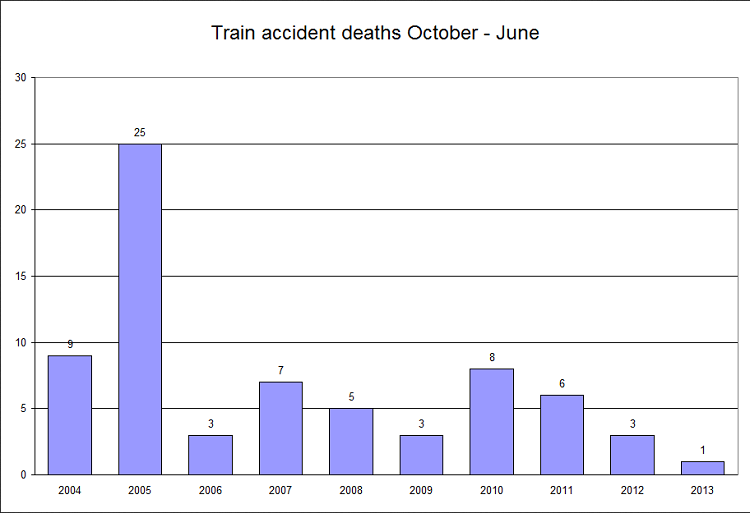At Not Quite Noahpinion, Josiah Neeley explains why the legal notion of corporate personhood was actually intended as consumer protection:
Contrary to popular impression, corporate personhood did not start with Citizens United. In fact, corporate personhood dates back to the old English common law, where it was originally conceived as a consumer protection measure.
Suppose I buy meat from a butcher and it makes me sick. I might wish to sue the butcher for damages. But suppose that I bought the meat not from an individual butcher but from Acme Meat, Inc. It was a central doctrine of the common law that only persons could sue or be sued, own property, or make legally binding contracts. So if a corporation is not a person, I am out of luck. The response to this was to treat corporations as legal persons, who could sue or be sued, make and enforce contracts, buy, sell, and hold property, and so on.
Of course, courts could have granted corporations all the same rights, abilities and duties without calling them persons. But this would have been merely a semantic difference. Once a society decides to have corporations, it has to grant them something along the lines of legal personhood if for no other reason than to protect those who deal with it.
Likewise, once a society decides to grant corporations the right to own property, it is absurd to deny them constitutional protections. The New York Times, the AFL-CIO, and the Sierra Club are all corporations. But it would be ridiculous if the government tried to use those organizations’ corporate status as a justification for regulating the editorial position of the New York Times, or controlling the advocacy position of the Sierra Club or the AFL-CIO.
[…]
More than 150 years ago Alexis de Tocqueville noted in his Democracy in America that the genius of the American political tradition lay in what he called associations but what in today’s terminology we would call corporations. In Europe, to advance some political, social, or economic cause required some wealthy patron. In America, by contrary, groups of people who individually might not have had deep pockets could come together and pool their resources by founding an organization to advance the cause.
Far from being a tool of repression, corporations advanced the interests of democracy and equality by allowing the little guy to organize to accomplish what otherwise could only be achieved by the very rich. Ending corporate personhood would not stop billionaire individuals like the Koch brothers or George Soros from using their wealth to affect the political process, but it would hamper small grass roots organizations which choose to use the corporate form. Ultimately, the long tradition of corporate personhood represents not a threat to democracy, but a support of it.




